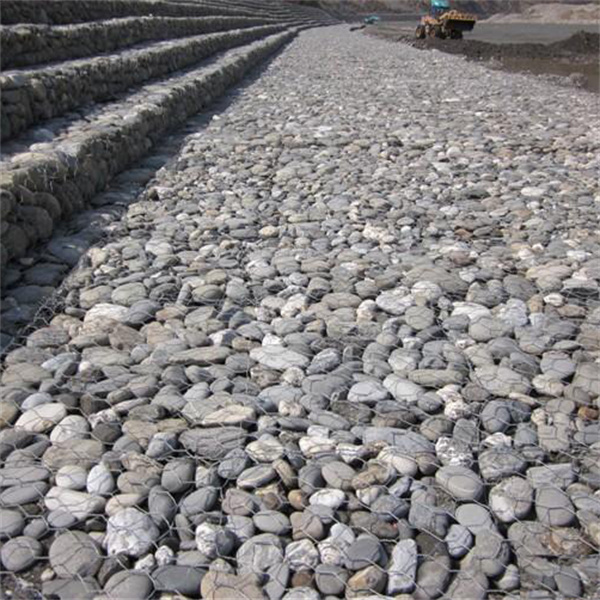Rgp . 11, 2024 12:22 Back to list
Exploring the Benefits and Versatility of China Gabion Stones in Modern Landscaping and Construction
The Role of Gabion Stones in Modern Construction and Landscape Design
Gabion stones are becoming increasingly popular in various aspects of construction and landscape design, particularly in China, where rapid urbanization and the need for innovative solutions to environmental challenges necessitate the use of these versatile materials. Gabion structures, which are essentially wire mesh cages filled with rocks or other materials, offer an impressive array of benefits, ranging from aesthetic appeal to functional durability.
What Are Gabion Stones?
Gabions are wire mesh containers filled with stones, rocks, or other durable materials, designed to retain soil, support slopes, provide drainage, and prevent erosion. Traditionally used in civil engineering for managing water flow in rivers and preventing soil erosion, they have evolved into multifaceted elements in modern design, blending functionality with aesthetics.
Benefits of Using Gabion Stones
1. Erosion Control One of the primary uses of gabion stones is in erosion control. They act as barriers that absorb and dissipate the energy of flowing water, preventing riverbank erosion and stabilizing slopes. In a country like China, where heavy rainfall and flooding can cause significant land degradation, gabions serve as an effective solution to protect vulnerable areas.
2. Environmental Integration Gabions can blend seamlessly with the natural environment. The stones used can often be sourced locally, minimizing the carbon footprint associated with transportation. Furthermore, over time, vegetation may grow within the gabions, enhancing their ecological integration and creating habitats for local wildlife.
china gabion stones

3. Aesthetic Appeal The versatility of gabion stones allows for creative design possibilities. Architects and landscape designers can construct stunning retaining walls, decorative fences, or even garden features using gabions. Their rugged appearance can complement modern architecture, creating a striking contrast with sleek buildings, while also providing a rustic, natural look that appeals to more traditional design preferences.
4. Cost-Effective Solutions Gabion walls or structures are generally more cost-effective compared to traditional masonry or concrete solutions. They require less intensive foundation work and are easier to install, especially in remote or uneven terrains. This affordability makes them a viable option for many different types of projects, from small-scale garden features to large infrastructural applications.
5. Sustainability In an era of increasing environmental awareness, gabion stones represent a sustainable building practice. They are primarily made from natural materials that do not deplete resources. Moreover, gabions are reusable; if a structure is no longer needed, the stones can easily be repurposed for another use.
Applications in Chinese Context
In China, the application of gabion stones can be seen in various projects, from urban landscaping to infrastructural improvements alongside rivers. For instance, cities facing challenges related to stormwater management are implementing gabion systems to enhance drainage and reduce flooding risks. Additionally, in rural areas, gabion structures are being used to stabilize agricultural land, preserving it for future generations.
Conclusion
As construction and landscape design continue to evolve, gabion stones emerge as a compelling solution to many modern challenges. Their multifunctionality, aesthetic versatility, and environmental sustainability make them a valuable asset in today's building practices, particularly in rapidly developing nations like China. By harnessing the potential of gabion stones, designers and engineers can create resilient structures that not only serve practical needs but also enrich the natural landscape. As we move towards a more sustainable future, the role of gabions in construction and design will undoubtedly continue to grow.
-
Visualizing Gabion 3D Integration in Urban Landscapes with Rendering
NewsJul.23,2025
-
The Design and Sustainability of Gabion Wire Mesh Panels
NewsJul.23,2025
-
The Acoustic Performance of Gabion Sound Barriers in Urban Environments
NewsJul.23,2025
-
Mastering the Installation of Galvanized Gabion Structures
NewsJul.23,2025
-
Gabion Boxes: Pioneering Sustainable Infrastructure Across the Globe
NewsJul.23,2025
-
Custom PVC Coated Gabion Boxes for Aesthetic Excellence
NewsJul.23,2025
-
Installation Tips for Gabion Wire Baskets in Erosion Control Projects
NewsJul.21,2025






